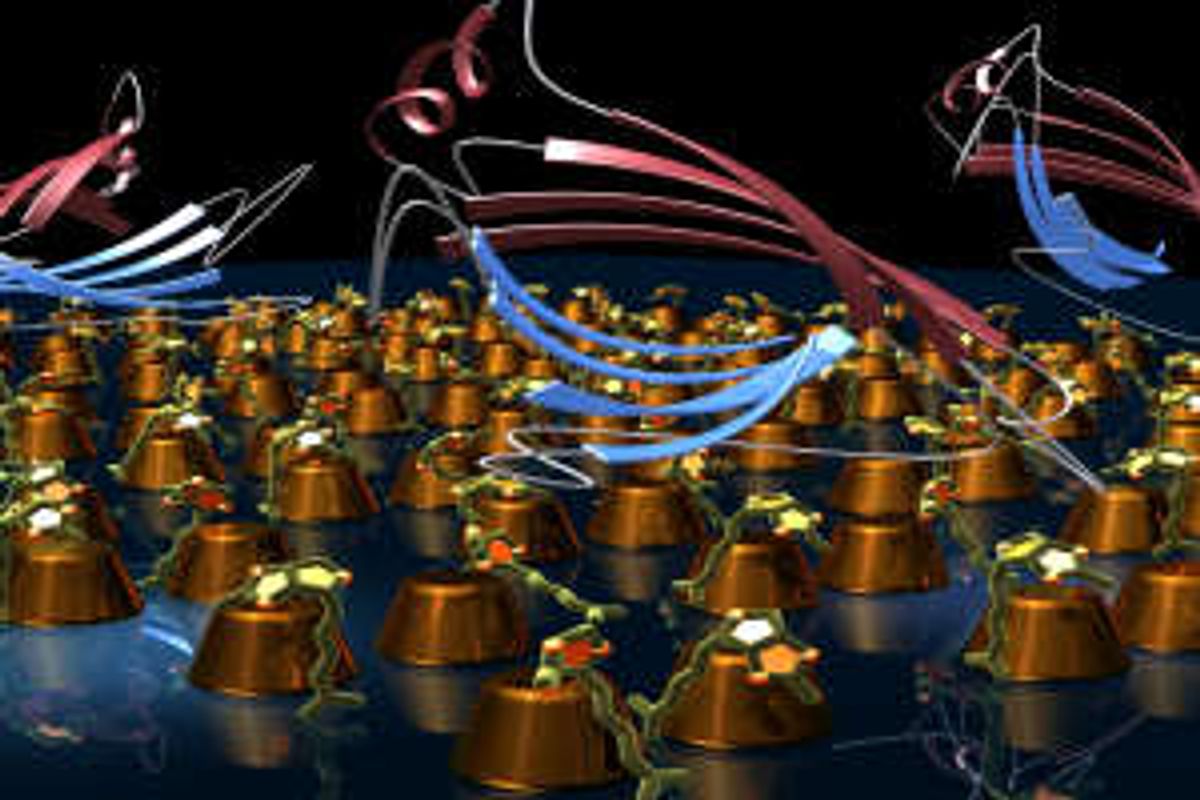After a professional cycling career in which he claimed repeatedly to have never given a positive drug test, Lance Armstrong has reportedly confessed to using performance-enhancing drugs in achieving his Tour de France victories.
While his confession will likely raise a lot of questions, surely one has to be how could the drug tests have failed in detecting the illicit drugs? Great advances have been made in drug testing since Lance Armstrong won his first Tour de France in 1999. At that time, there was no test for EPO—the drug of choice of endurance athletes looking for an edge—but a test was developed in 2000. Nonetheless, Armstrong and many others who have recently confessed got away with it between 2000 and now despite the new tests.
The research, which is published in the journal Nature Materials (“Singular phase nano-optics in plasmonic metamaterials for label-free single-molecule detection”), is essentially a proof of concept for new sensing devices that exploit the field of singular optics, which operates on the phenomena of abrupt phase changes to light.
“The singular optics which utilize the unusual phase properties of light is a big and emerging field of research,” says Dr. Sasha Grigorenko, the lead researcher on the project, in a press release. “We have shown how it can have practical applications which could be of great benefit.”
One of the other keys to he technology is plasmonics, which exploits the oscillations of electron density (plasmons) in a metal when it is struck by light. Plasmonics is already developing a reputation in the field of biosensors.
The device the researchers developed has a plasmonic metamaterial with a topology that reflects zero light. So when just one molecule attaches itself to the device, it would elicit a very strong response brought on by a change in the phase of the light.
The end result, according to the researchers, should be a sensing device that can resolve a single molecule using a simple optical microscope. So in a drug-test, blood from the athlete would be drawn and placed on the device. If a single molecule of the drug is present, it would show up in the microscope.
The technology could also have applications in airport security or disease detection. It’s a long way from being used at the Tour de France, but as drug cheats get smarter it appears the tests designed to catch them are getting more sophisticated too.
Dexter Johnson is a contributing editor at IEEE Spectrum, with a focus on nanotechnology.




